Improving the insulation in your home is an effective way to save you money on your energy bills. There are numerous types of ECO4 insulation, and the best one for you will depend on a number of factors.
EnergyHelp assists homeowners in obtaining all kinds of ECO4 insulation upgrades, no matter the age or condition of your home.
What types of insulation are offered by ECO4?
ECO4 wall insulation helps prevent warm air from escaping your home and ECO4 loft/roof insulation stops cold air moving into the main area of home.
ECO4 wall insulation
Cavity wall insulation
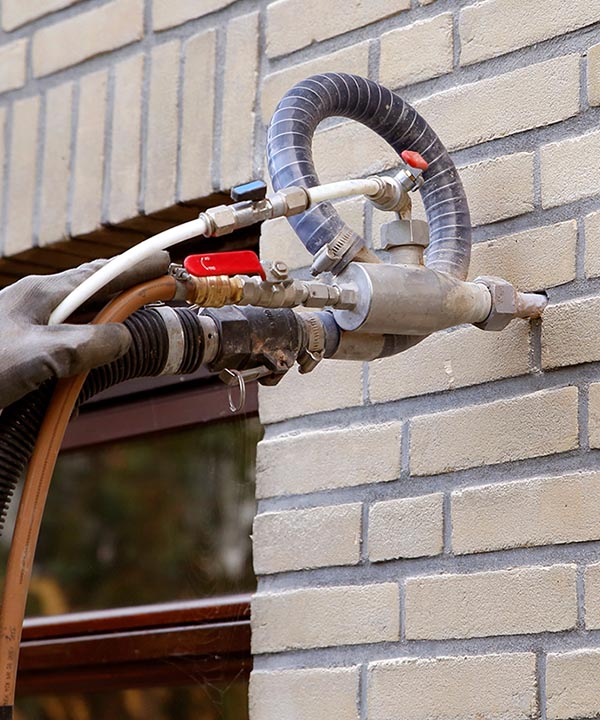
A cavity wall is made up of two layers with a gap between them. This gap is common in homes built after the 1920s and 1930s. The gap is accessed by drilling through one of the outer walls and then filled with insulation material made from polystyrene beads or wool to better insulate your home. This is a quick process, and usually only takes a few hours to complete.
If your home has a solid wall this type of insulation will be impossible. Thankfully, there are other ways of saving money and reducing your energy costs.
Solid wall insulation
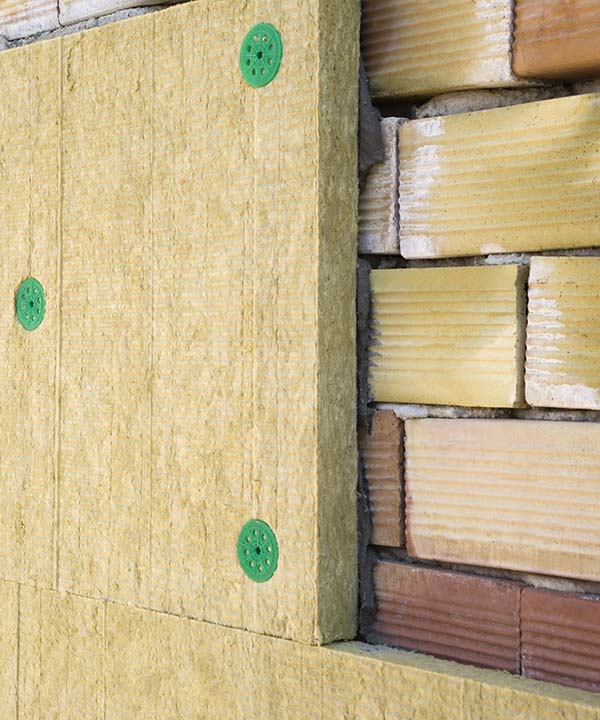
Solid wall insulation is a form of both internal and external wall insulation. A layer of material is attached to either side of a wall with no cavity in between. This helps insulate your home by preventing warm air from inside your house escaping, while at the same time preventing cold air from outside coming in. Your home’s appearance is not affected as the outer material can be covered up.
That being said, installing solid wall insulation can be more disruptive than other types of insulation. Something to be aware of when making your decision.
External wall insulation
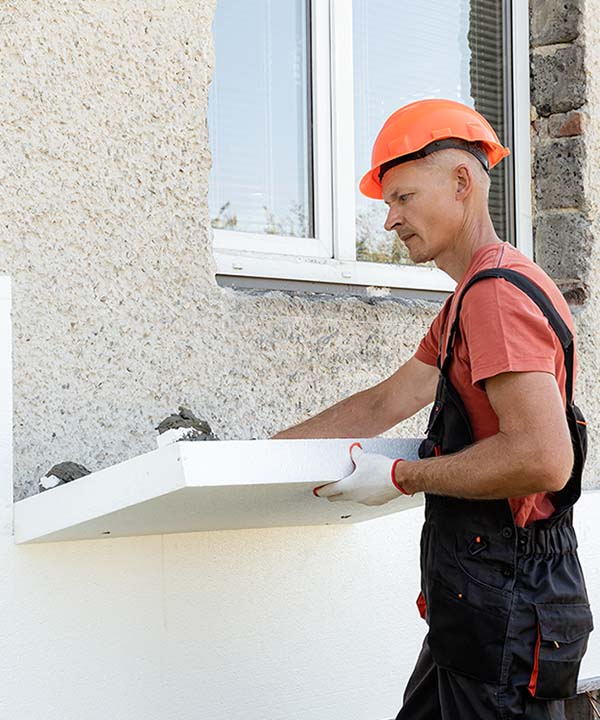
External wall insulation is when a layer of insulation is added to the outside of your home, preventing warm air from escaping and cold air from entering. It has the added benefit of protecting your home from weather conditions and outside noise. It is also less disruptive to install than other types of insulation as specialists complete the work from outside your home. This insulation also has the added benefit of making your home more durable.
However, you may need to get planning permission to install external wall insulation, and there is a chance it could cause structural damp.
ECO4 loft/roof insulation
Loft insulation
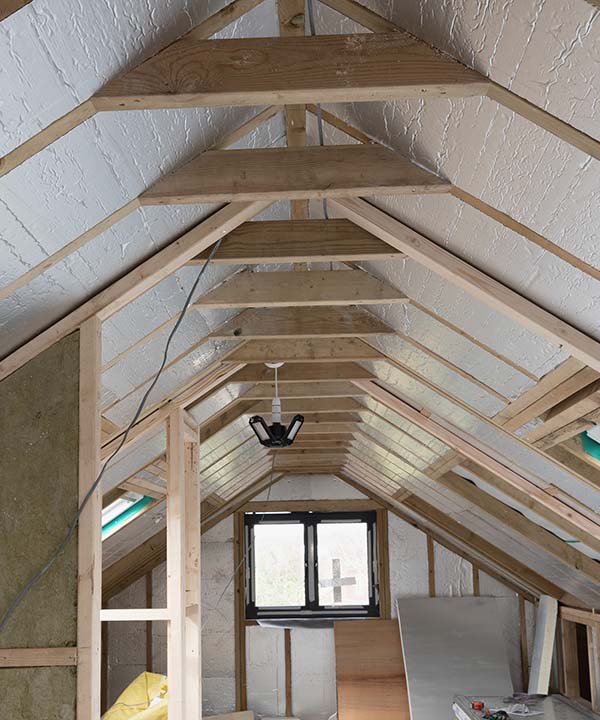
Loft insulation helps insulate your home by trapping heat below the loft itself using wool. This helps keep your home insulated by keeping hot air inside your home, preventing it from escaping into the loft. It also prevents any cold air in the loft from moving down into the main area of your home, meaning your home is insulated both internally and externally.
It is best for homes that have easy access to their lofts and do not suffer from regular or excessive dampness.
Room in roof insulation
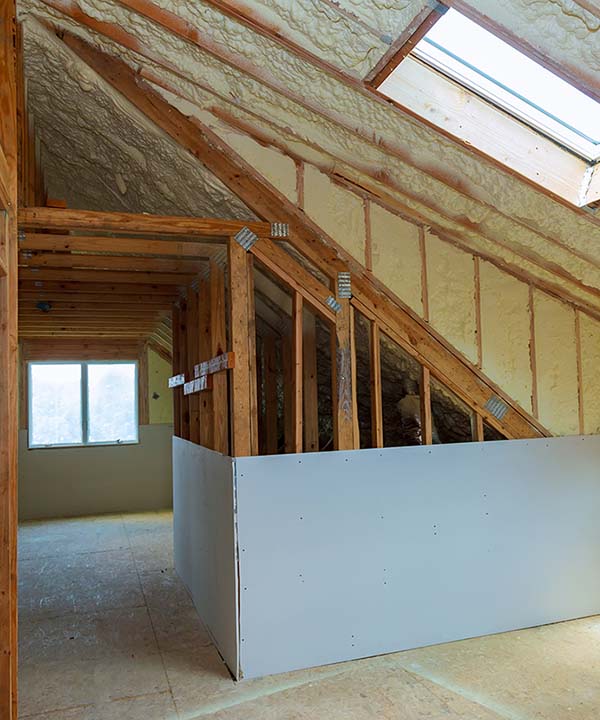
A room in roof is a loft that has been converted into a usable room. Room in roof insulation is required to insulate these upper rooms and is done by installing additional insulation panels in between the rafters, with plasterboard then placed on top of it. This helps trap heat within your home, keeping it warm and saving you money on your energy bills.
Foam may also be used, although it can cause dampness and so is not preferred.
Pitched roof insulation
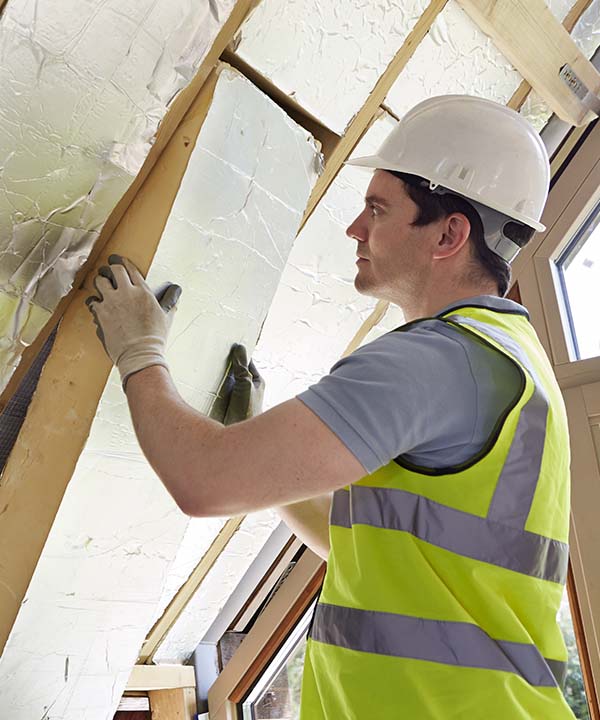
Pitched roof insulation is designed to stop heat from escaping through the roof of your home, which is how a large percentage of the total heat in your home is lost. By insulating your roof, you can stop that heat from escaping, saving you money on your energy bills. This type of insulation also prevents sound from entering your home from outside, and therefore doubling as sound insulation.
You will need to get your roof checked by an expert to make sure that your roof is suitable for this type of insulation.
Summary
There are numerous types of ECO4 insulation upgrades, which all have their own benefits and will suit different people. Which method is best for you is determined by the house you live in, and how much disruption you are prepared to live with while it is being installed.
EnergyHelp helps you to understand what insulation and additional energy efficiency measures you are entitled to and helps you find the best installer for your individual needs. This is different to other websites that will do the installation themselves, not always giving you the best deal possible.
EnergyHelp assists you every step of the way – from helping you identify which type of upgrade is best for you to ensuring the installation goes smoothly.
Do you qualify?
Please complete the form today to check if you qualify for the ECO4 scheme.
If you do, you will be entitled to a personal consultation to determine which ECO4 insulation upgrades are best for you.